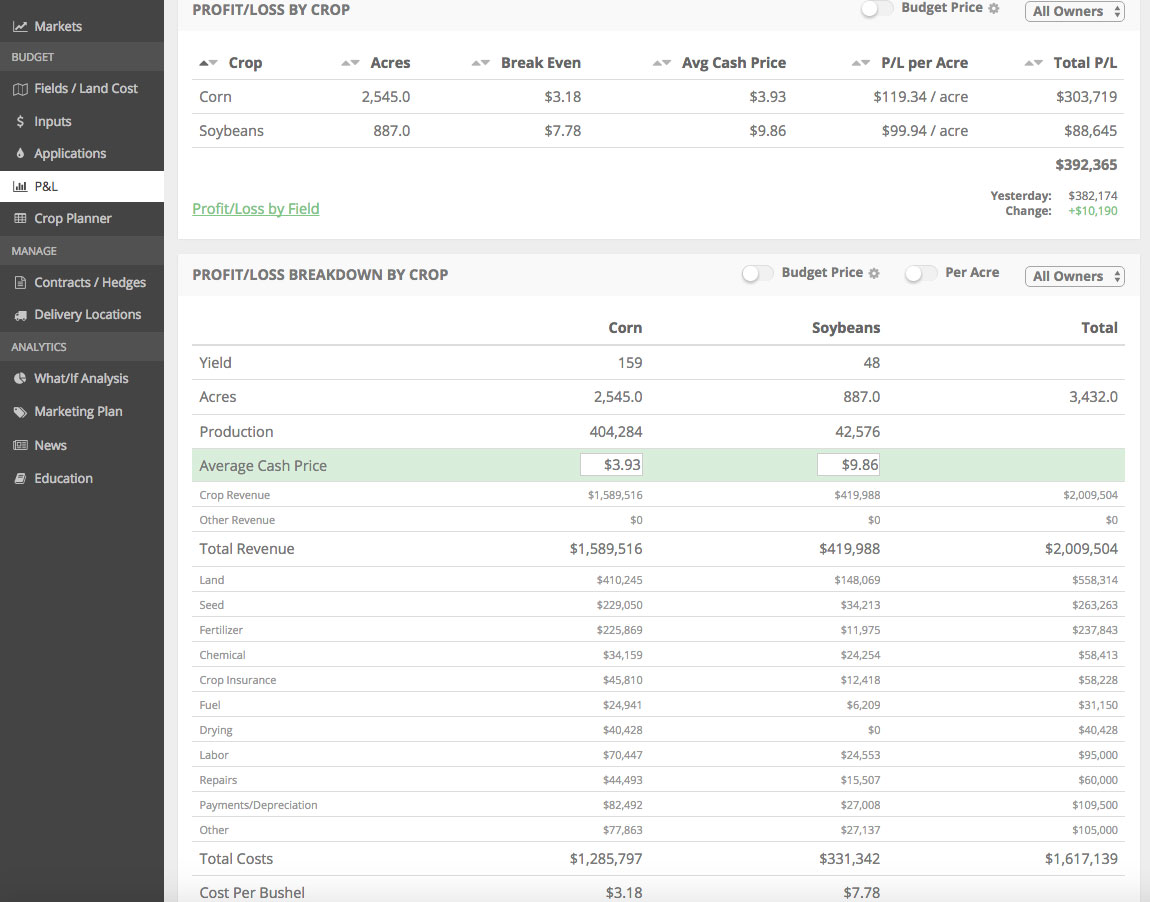You speak, we listen!
One of the major benefits of subscription software is the speed at which we can implement user feedback.
In the initial version of of our software, we included the ability to plant only one crop per field. This obviously doesn’t match the real-world of farming. Farmers often split their fields to plant mutliple crops or “double-crop”. It took me less than a second to realize that we needed to modify our software.
I won’t get into the details but we had to slightly modify the architecture of our application to add this functionality. But thanks to our awesome development team, we pushed this feature live in less than 24 hours.
We’re dedicated to building tools that will help our users protect and grow their bottom line. This is a simple example of us listening to our users to make a needed change. At the end of the day its our users’ software, not ours.
If you’d like to play around with a live demo account, click the button below.

Nick Horob
Passionate about farm finances, software, and assets that produce cash flow (oil wells/farmland/rentals). U of MN grad.
Related Posts
New Feature Friday - Daily P&L Comparison
In this post we discuss a simple software feature that allows producers to focus on what matters to their farm, their bottom line.
Read More »New Feature Friday - Field-by-Field Financial Tracking
A profit-focused approach is a key trait of successful farmers. In this post, we discuss a simple farm management software feature that allows producers to easily build a field-by-field budget. This feature allows producers to build a budget, update it throughout the growing season, and view actual and historical performance post-harvest.
Read More »New Feature Friday - Grain Marketing Plan Builder
In this post, we discuss a valuable feature of our farm business software: a grain marketing plan builder. Grain marketing is emotional! This tool allows producers to minimize those emotions by implementing a sound grain marketing plan.
Read More »
